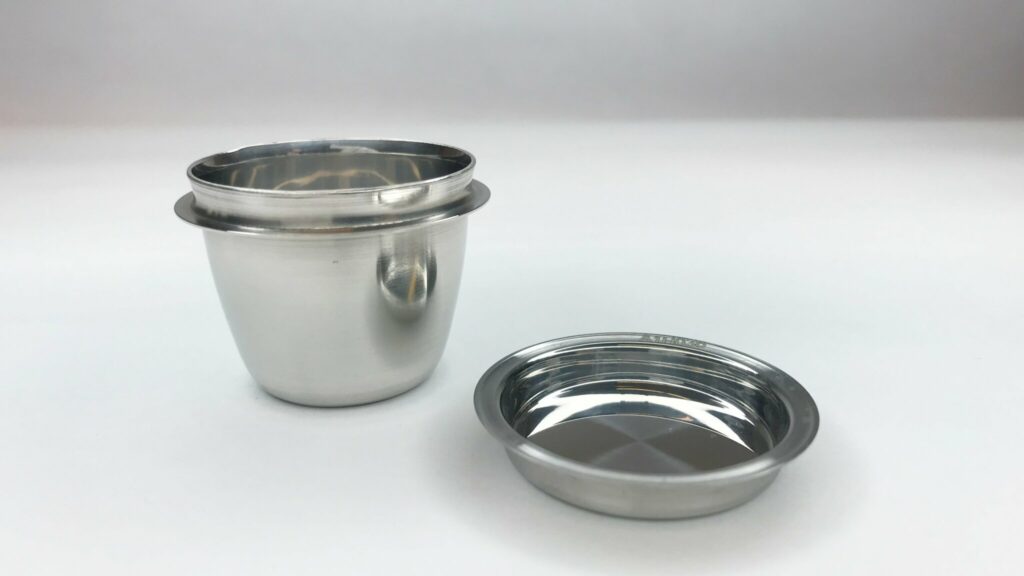Laboratory equipment made of pure platinum or platinum alloys is often standard in chemical analytical laboratories. This is due to the specific properties that make it well suited for the demands of chemical analysis, research and testing in such processes as ashing, heating, electrolysis and fusion. IAM Drijhout offers a range of crucibles, dishes, electrodes, tongs and tweezers made with platinum tips as well as three alloys: platinum gold (PtAu), platinum rhodium (PtRh) and platinum iridium (PtIr).
The various alloys have specific physical characteristics that make them more suited to certain processes. Therefore, it is the application that determines which platinum or platinum alloy should be chosen to match the particular parameters. The figure below shows the influence of the platinum alloys on temperature range.
In this article we provide answers to common questions about using platinum for labware.
Platinum and platinum alloys are the preferred choice for labware for a number of reasons including:
Many of these characteristics can be further enhanced by using fine-grained stabilizing materials in the metal. Such additives also increase longevity of the labware which makes it a sound economical choice.
It is important to note that although platinum is clearly a highly favourable metal to use for labware, extensive exposure to certain substances can cause damage to platinum and its alloys. Some examples are: Hydroxide or peroxide solutions, phosphorus and arsenic.


The above mentioned properties of platinum and its alloys mean labware from these metals are suited to the following types of testing/analysis:
More about chemical composition of the materials you can find here.
IAM Drijfhout’s platinum crucibles with a 10% iridium content have a high melting point of up to 1790°C. The addition of iridium furthermore increases solidity and chemical corrosion resistance. The latter is especially important in electroanalysis. As such, we offer a range of PtIr electrodes including Fischer, Winkler, Wölbing and Schöniger as well as customized products. A specific application example for PtIr crucibles is the growth of single crystals using the Czochralski or Brigman-Stockbarger process.

Platinum gold (PtAu) labware was developed for it’s non-wetting properties which are particularly important for spectrographic x-ray fluorescence (XRF) analysis. The presence of gold makes sample removal easy. Resistance to contamination is another important property of this alloy for XRF purposes.
Platinum gold crucibles are well suited to sample preparation by fusion. In this case the high melting point of 95%Pt 5%Au alloy offers a better temperature strength than pure platinum. For use in extreme temperatures (above 1500°C) the stabilized version of PtAu crucible is the best choice.
One more application example is for sampling of minerals and industrial materials (e.g. silicate rocks and a variety of ores).
IAM Drijhout produces platinum labware with either 3% or 10% rhodium that provides the following properties:
An application example would be high temperature ash testing and certain fusion processes. But also oil analysis within the petrochemical industry. It is not advisable to use PtRh labware for applications that involve repeated fusions. This is because of it being slightly more susceptible to chemical attack causing weight loss and weakness.
Or would you like to receive a quote for platinium labware?